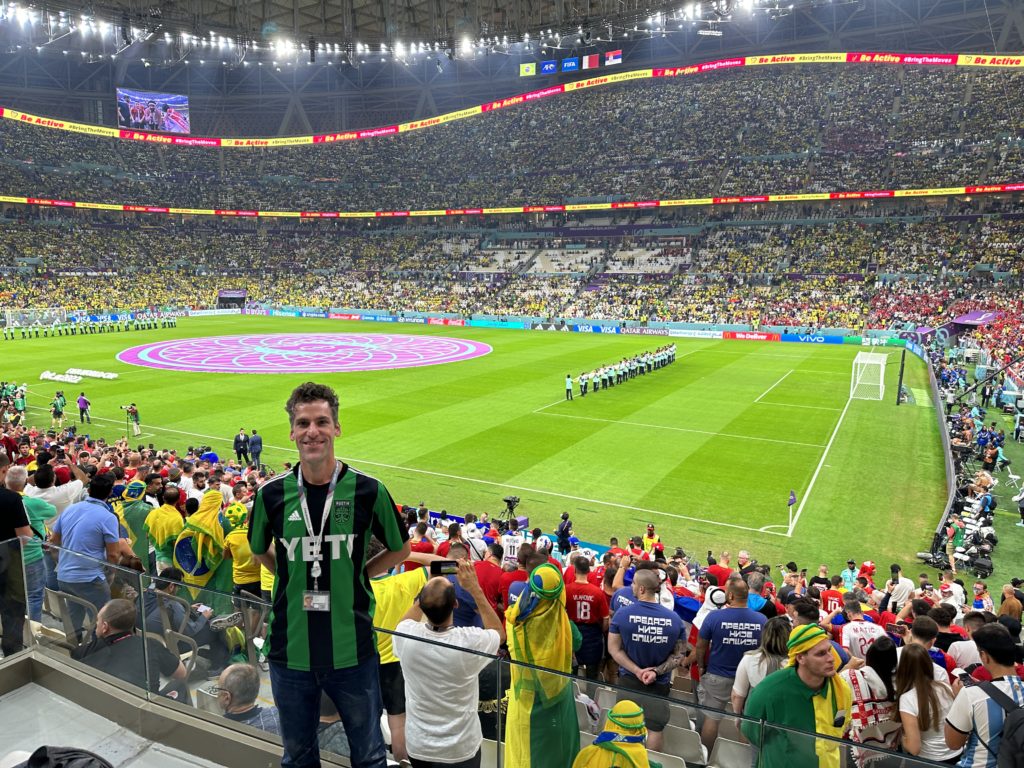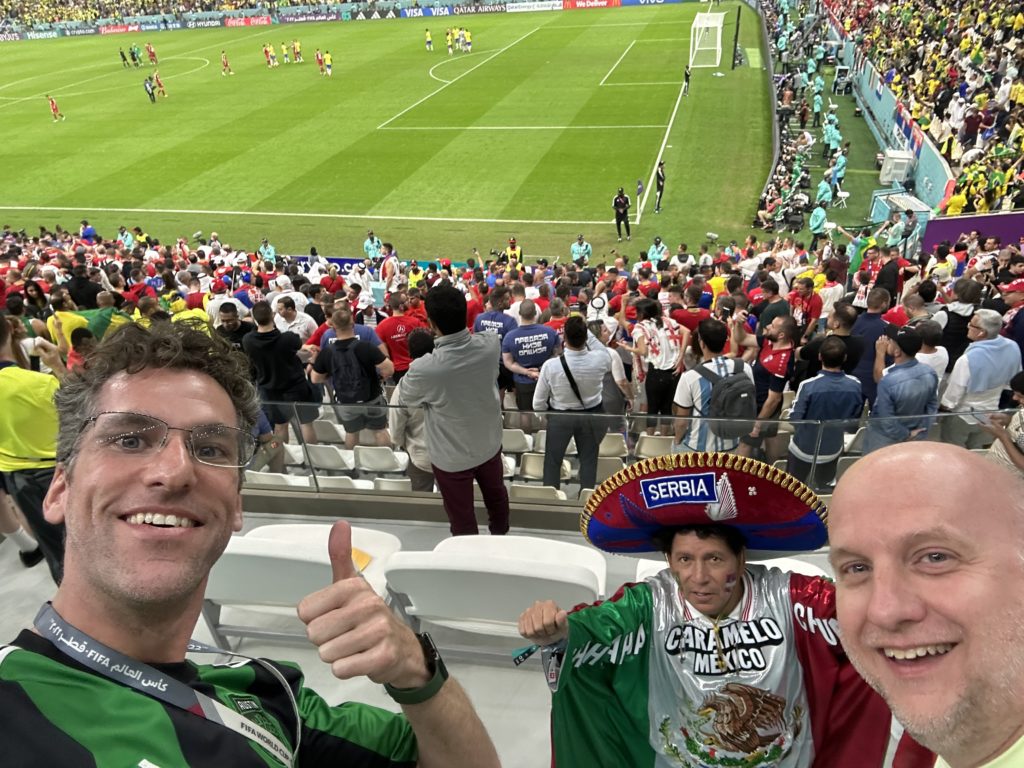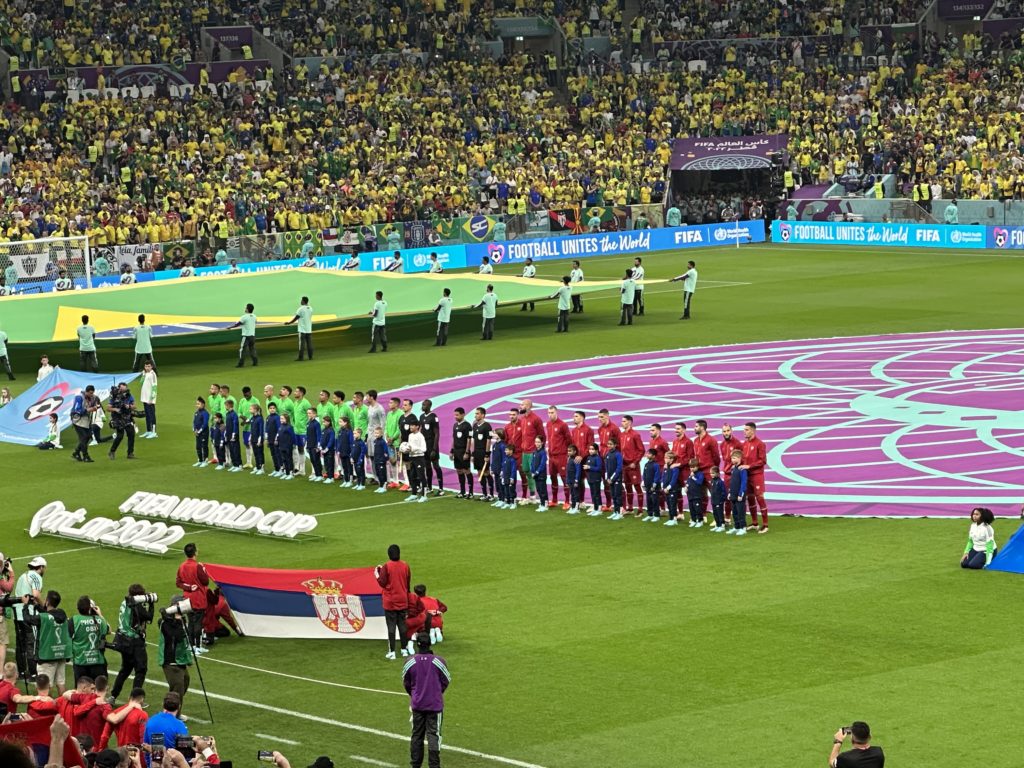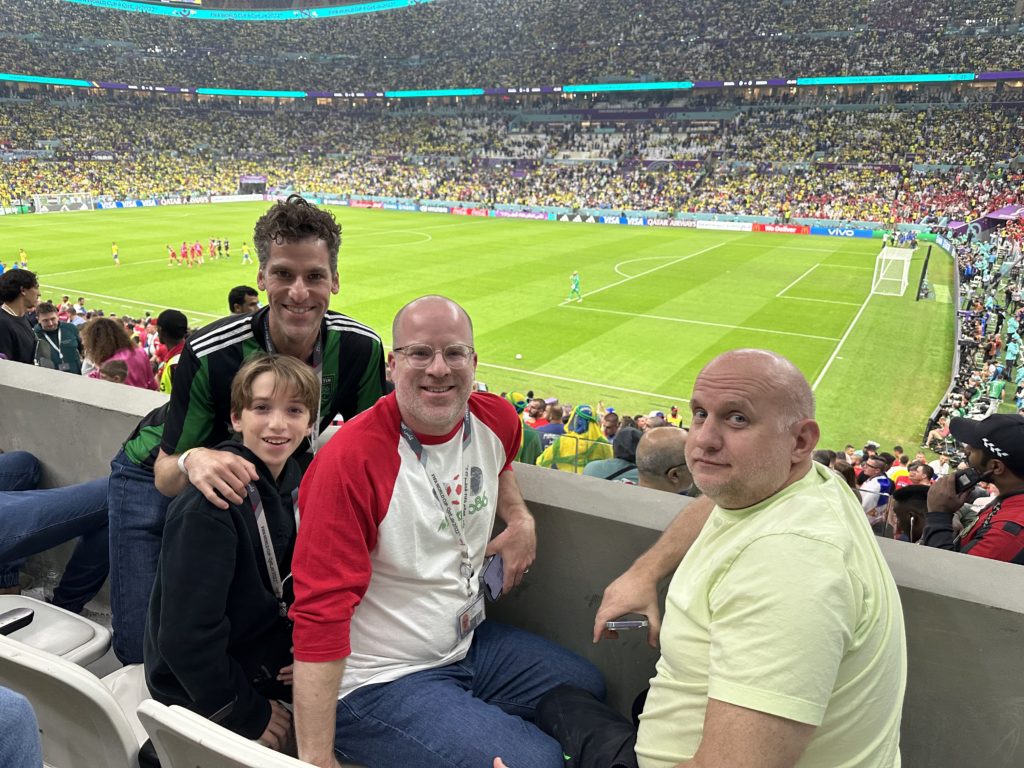Edson Arantes do Nascimento, 1940-2022 😢
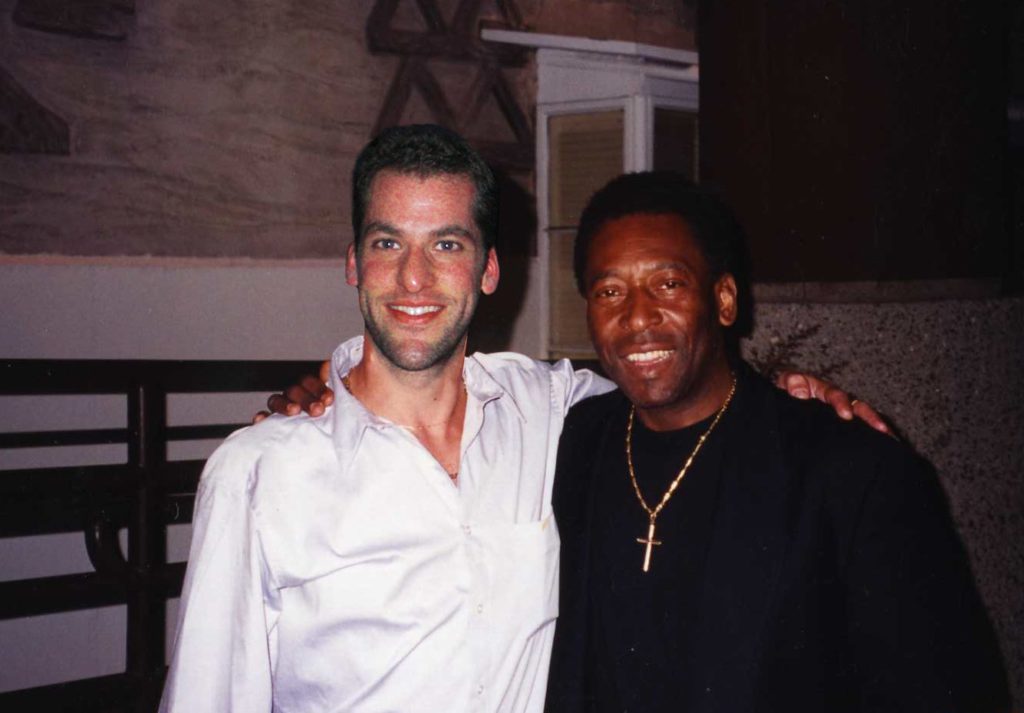
Edson Arantes do Nascimento, 1940-2022 😢

I’ve been using Spectrum for Internet service for a long time. I have a love/hate relationship with them. While YMMV, at least for me their Internet in Northwest Austin, TX has been honestly pretty darn great: fast and solid and blackouts are very rare.
On the other hand, their pricing is underhanded and expensive. I just fortuitously found out that my monthly payments are going up from $70/month to $80/month. No email or anything. And for the sake of writing this post, I’m trying to fing the advertised speed for my freaking Internet service on my own account page and I just can’t find it.
UPDATE: I had to call Spectrum in order to get the information. The service I have advertises speeds of 500 Mbps download / 20 Mbps upload.
Recently, T-Mobile offered me their 5G Home Internet service for a price that seemed to good to be true: $25/month. T-Mobile also offered a 15-day trial. Suspiciously, their Internet speeds aren’t clearly advertised but found in their FAQ: “between 33-182 Mbps”. That’s a big range!
I will add that I use T-Mobile for my phone service (we have several lines in our plan) and I am very happy with them. They’re pricing is great and their global Internet data is sooo nice. Most importantly, my iPhone gets download speeds over their 5G of around 500 Mbps which often beats my Spectrum cable Internet and I find kind of wacky. If their Home Internet is this fast…
Time to trial!
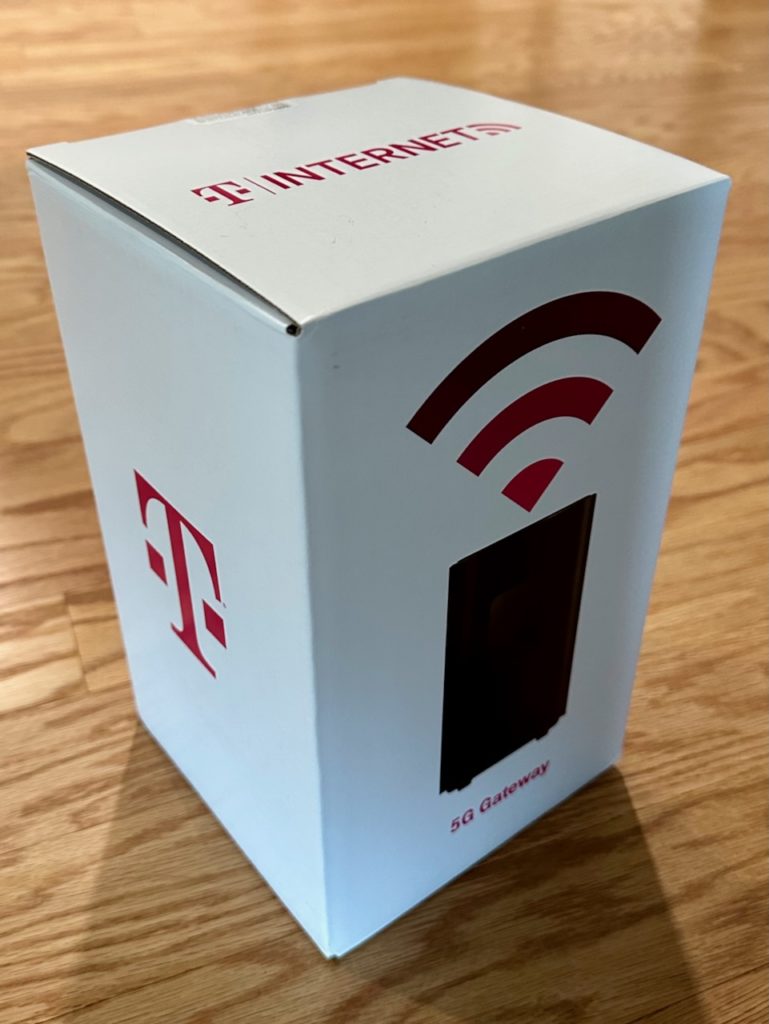
I’ll cut down to the chase by showing results I gathered using the venerable and ad-ridden SpeedTest.
| Time | Modem | Device | Connection | Download (Mbps) | Upload (Mbps) | Ping (ms) |
| 12/12/2022 1:49 PM | Spectrum | MacBook Pro | Ethernet | 481.83 | 23.07 | 18 |
| 12/12/2022 1:53 PM | T-Mobile iPhone | iPhone | Cellular | 480.51 | 12.07 | 22 |
| 12/15/2022 10:20 AM | T-Mobile Gateway | iPhone | WiFi | 239.74 | 8.00 | 24 |
| 12/15/2022 10:32 PM | T-Mobile Gateway | iPhone | WiFi | 15.63 | 9.45 | 35 |
| 12/15/2022 10:34 PM | T-Mobile iPhone | iPhone | Cellular | 536.71 | 10.67 | 44 |
| 12/16/2022 2:09 PM | T-Mobile Gateway | MacBook Pro | Ethernet | 9.01 | 3.16 | 139 |
| 12/26/2022 5:42 PM | T-Mobile Gateway | iPad Pro | WiFi | 249.79 | 14.48 | 288 |
| 12/26/2022 5:51 PM | T-Mobile Gateway | iPad Pro | WiFi | 83.41 | 19.57 | 58 |
| 12/26/2022 5:54 PM | T-Mobile Gateway | iPad Pro | WiFi | 222.09 | 13.05 | 46 |
Some conclusions from the above:
Subjectively, and after using it only for a day, I got through my workday just fine with the exception of some laggy videoconferences – which tends to cause people to talk over each other. I didn’t perceive video quality issues but I also didn’t present any content.
I will continue the trial for a few more days. I may append more results to the table. Stay tuned.
UPDATE 12/16/2022: I just had a WhatsApp video call with a friend, connected via WiFi to T-Mobile’s home internet. The video was choppy. I turned WiFi off in order to force it to go through the phone’s 5G and the video got noticeably smoother. 😕
UPDATE 12/16/2022: It’s 2 PM and Internet feels very slow. Sure enough SpeedTest confirms 9.01 Mbps download speeds.
UPDATE 12/26/2022: Back from vacation, T-Mobile support person Oliver had me try again. Atrocious ping times. Then after rebooting gateway: so-so download times. Then after Oliver did “something on his end” things looked better. In the meantime I’m getting another 15 days trial extension so I can play with it more, and I will.
This new Apple Music feature just came out with iOS 16.2. I played with it for a second.
It works suprisingly well. I tried it on old songs in both Spanish and Hebrew. Impressive!


It looks like you can use Apple Music Sing on millions of songs. Which means voice removal is not a manual re-mixing effort but rather a clever automated process. Back in the day, karaoke software removed voices by filtering frequency ranges where most of the voice content usually falls. The result sucked, naturally.
This is another area in which Machine Learning allows computers to do things that were impossible for computers to do. I played with a Open Source TensorFlow based Python Library called Spleeter a while ago. It worked great.
I bet Apple is using something similar. I would also bet Apple is using ML for Speech Recognition in order to get the timing of the lyrics just right on songs that support this feature.
Cool stuff.
With the uncertainty around Twitter, I think I might start micro-blogging in The MKX® even though few will see it.
Last match of the trip, and one would have thought best match of the first round. At the end it was a 1-1 tie in which Spain deserved to win.
Before the match, we went to The Pearl, the artificial island full of fancy things.



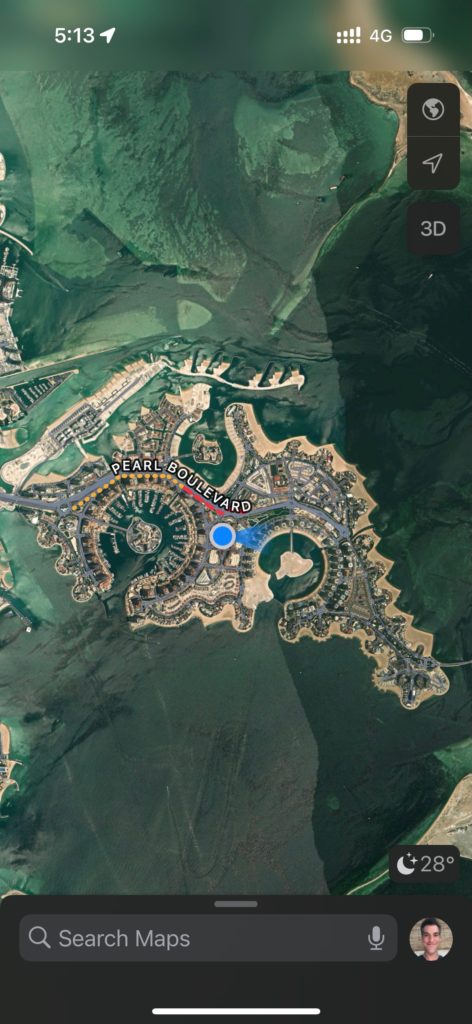





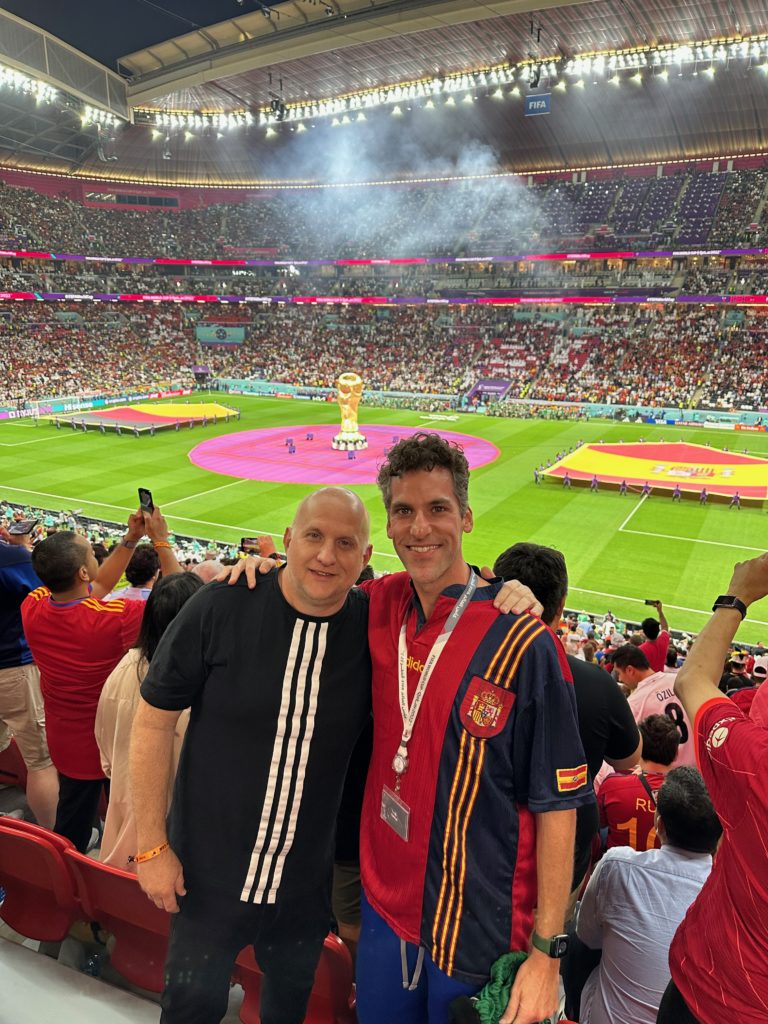


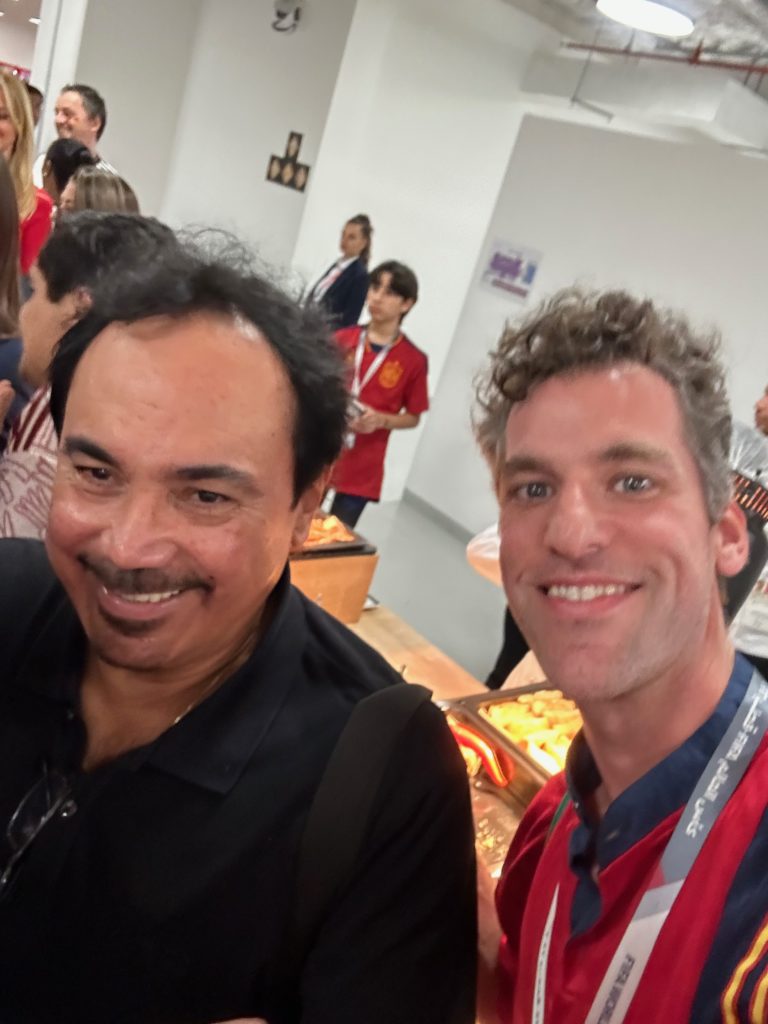
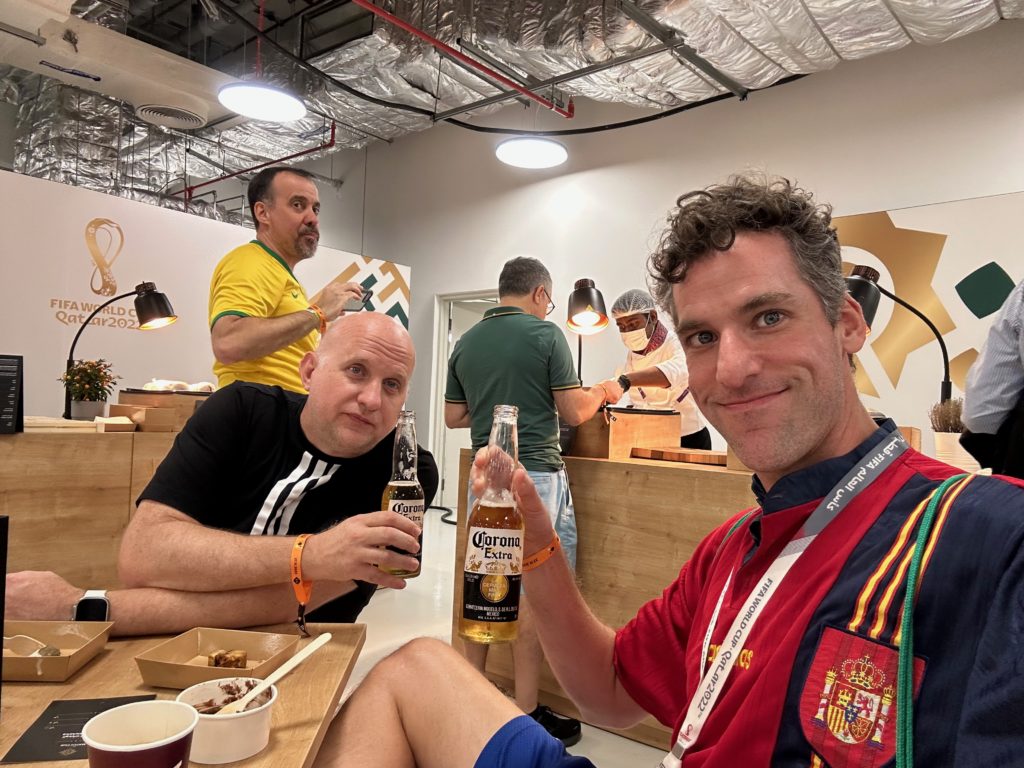
The main event. The match with the highest demand for tickets out of all 64 matches including the Final.
We stopped at Lusail Mall before the game.




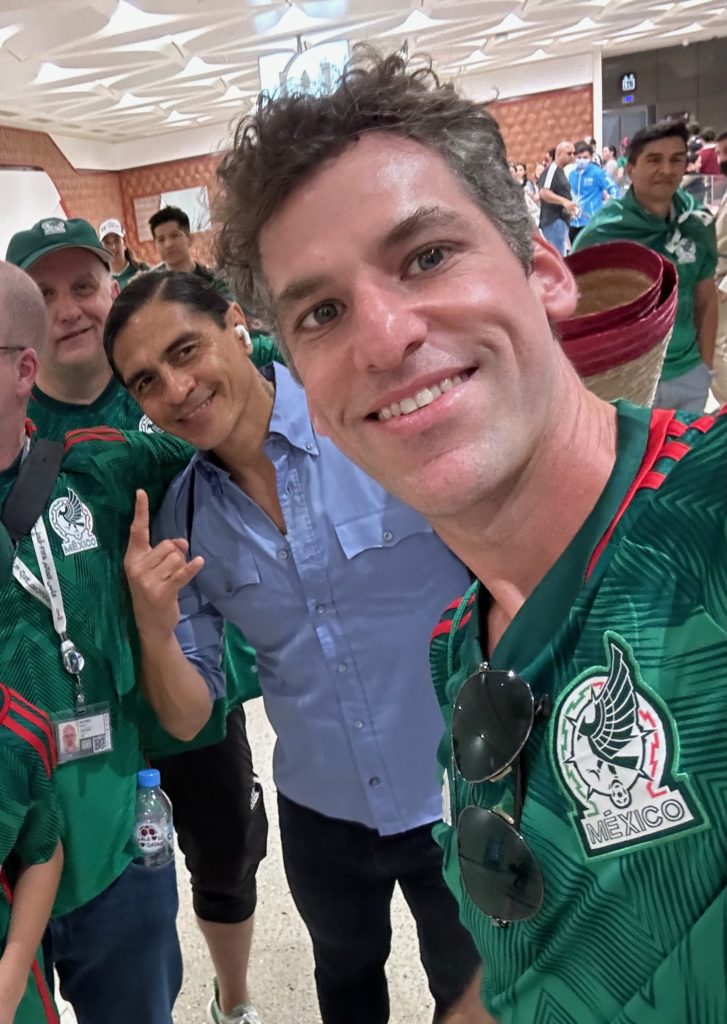

















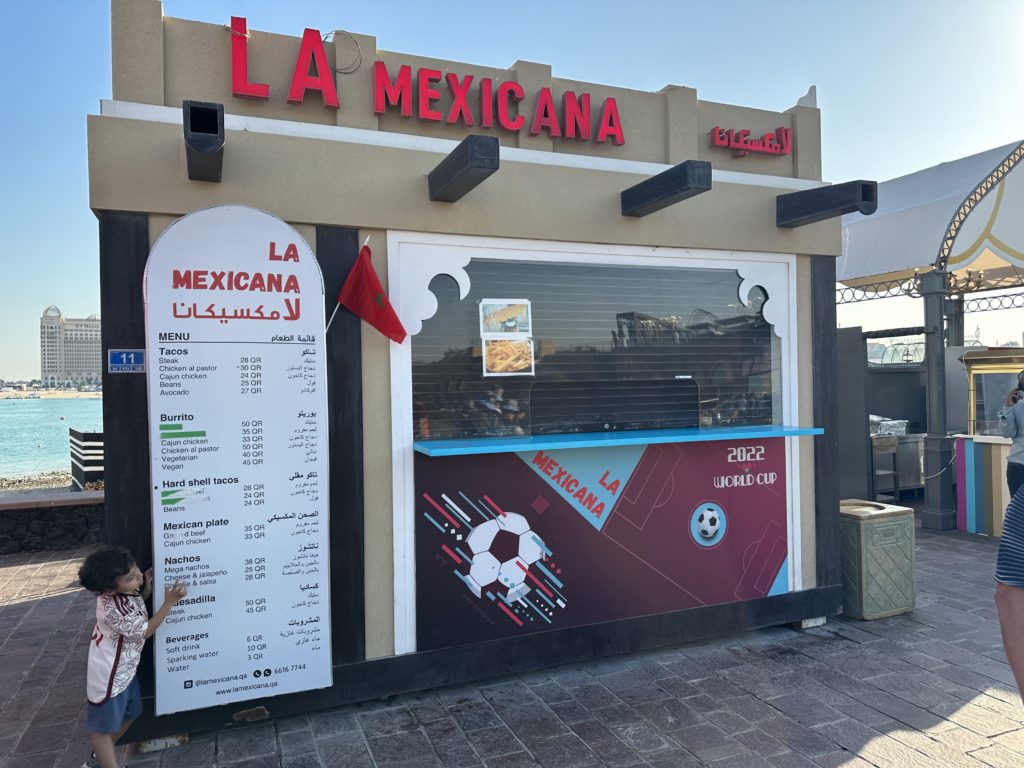

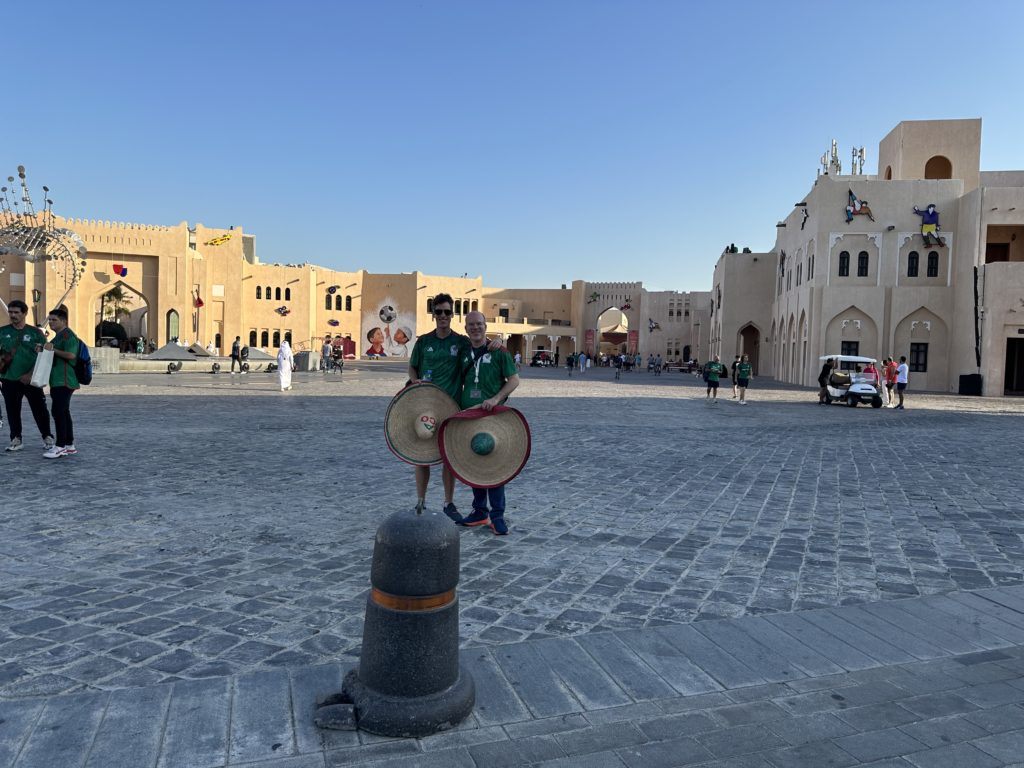

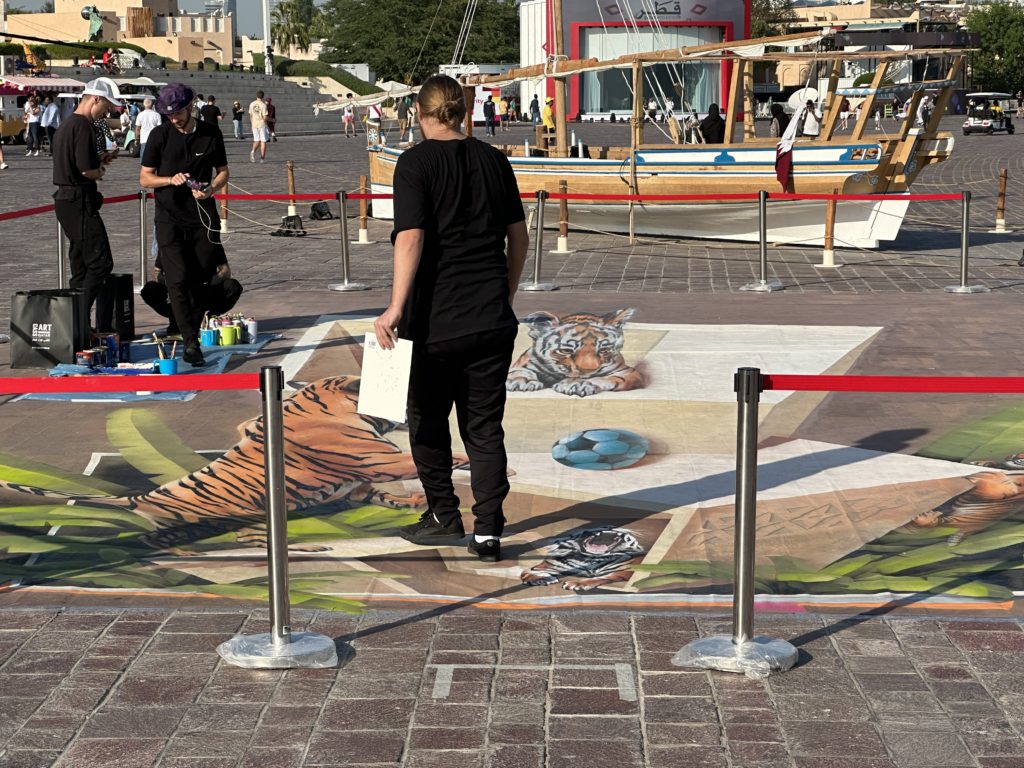
This was one of the most attractive games for us. It was a good game but unfortunately not very spectacular: 0-0. Al Bayt is both the farthest (about 1 hour drive) and the most beautiful stadium we’ve visited. It’s made to look like a Bedouin tent, impressive.

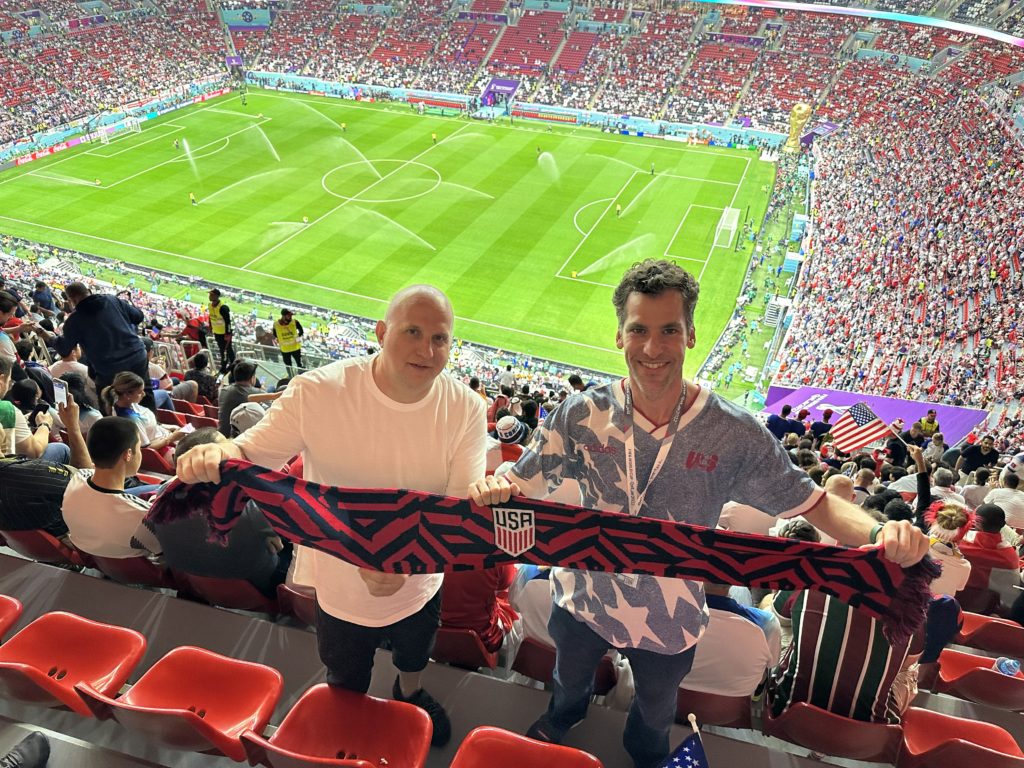






Another incredible building. It was built around the old palace which still stands and can be visited.
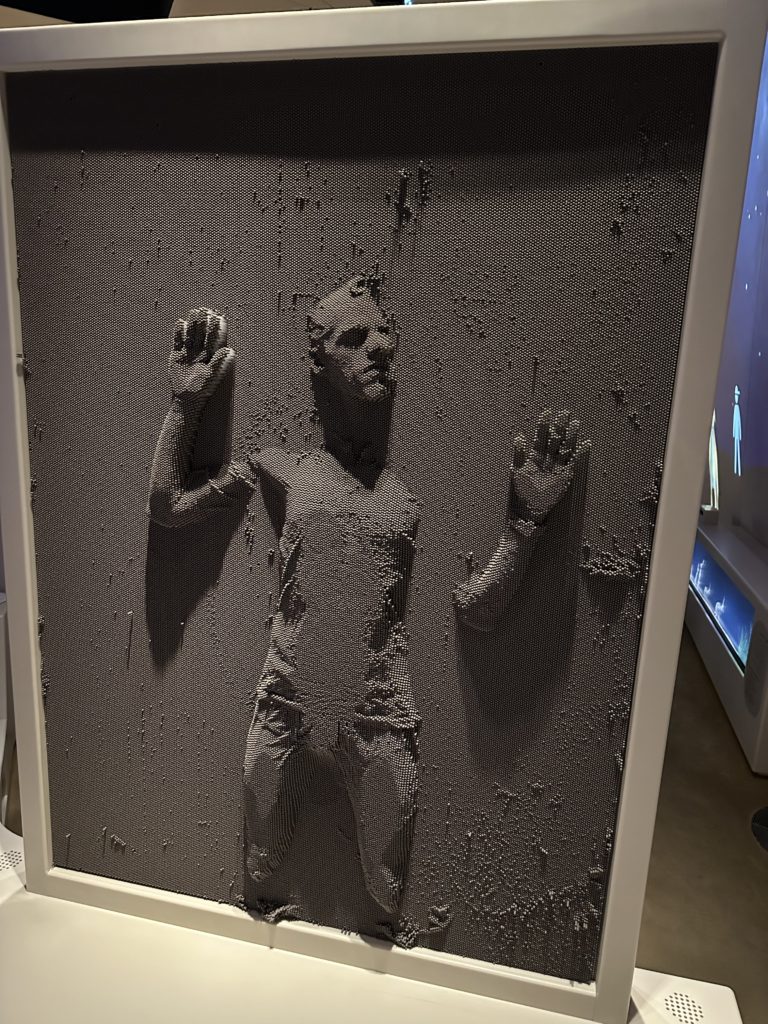



We stayed to eat lunch at Jiwan, the restaurant at the museum. Both the view and the food were amazing so here go some food photos.
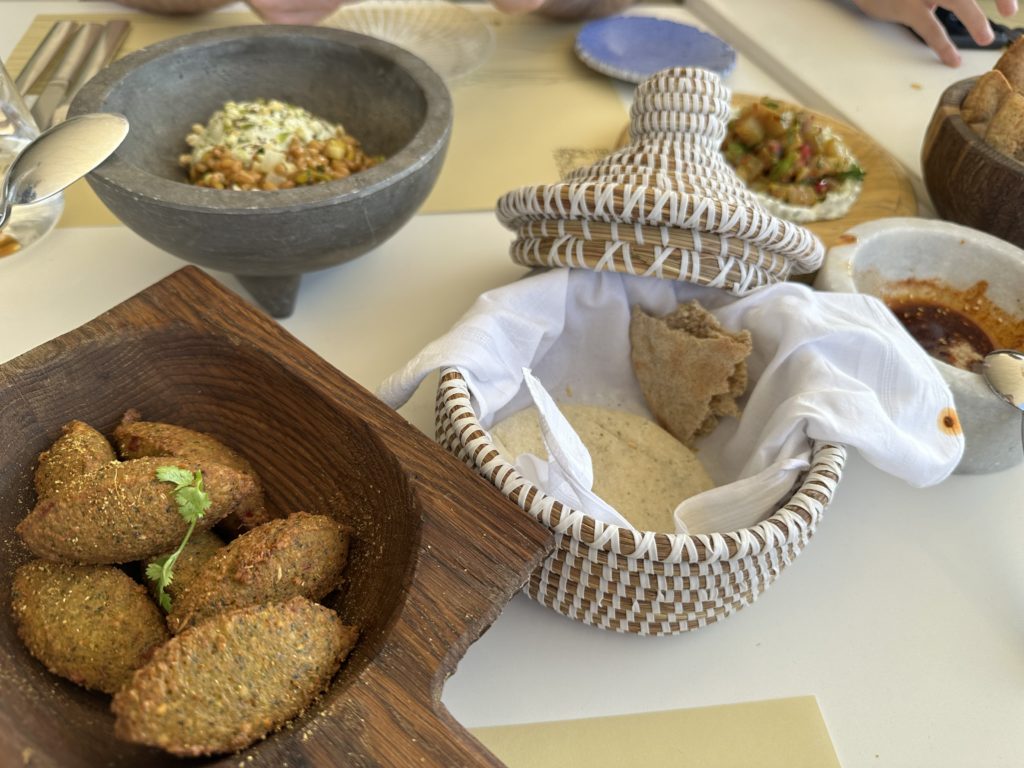



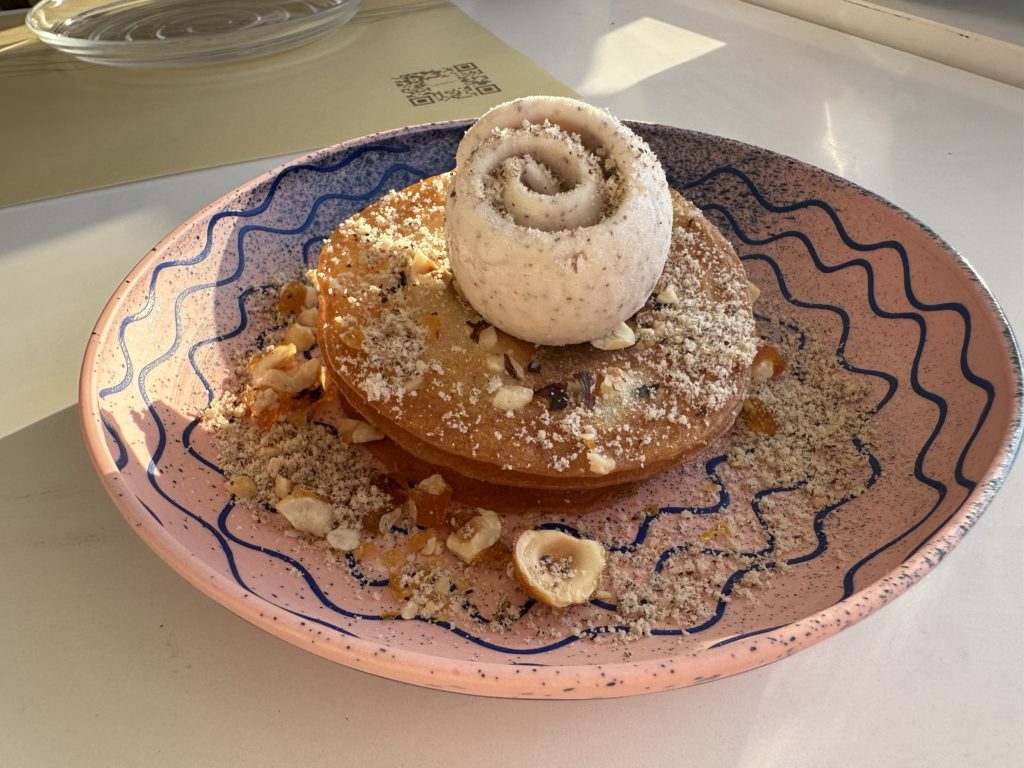
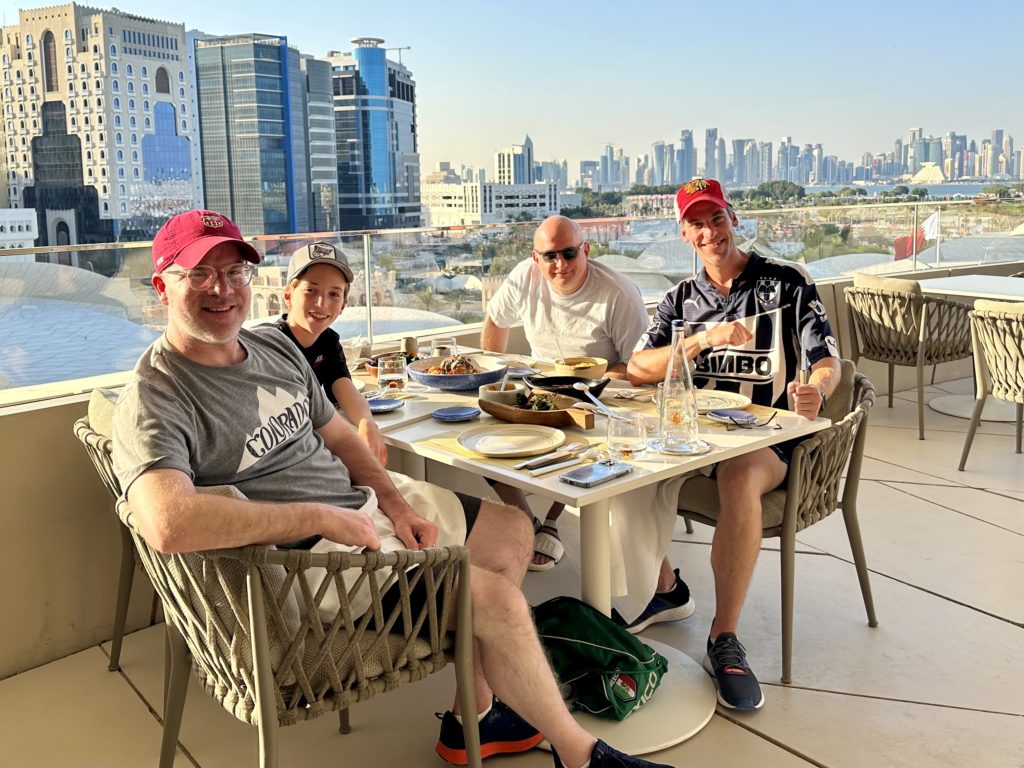
Brazil looked very, very strong. After seeing them it’s clear it won’t be easy to knock them out.


